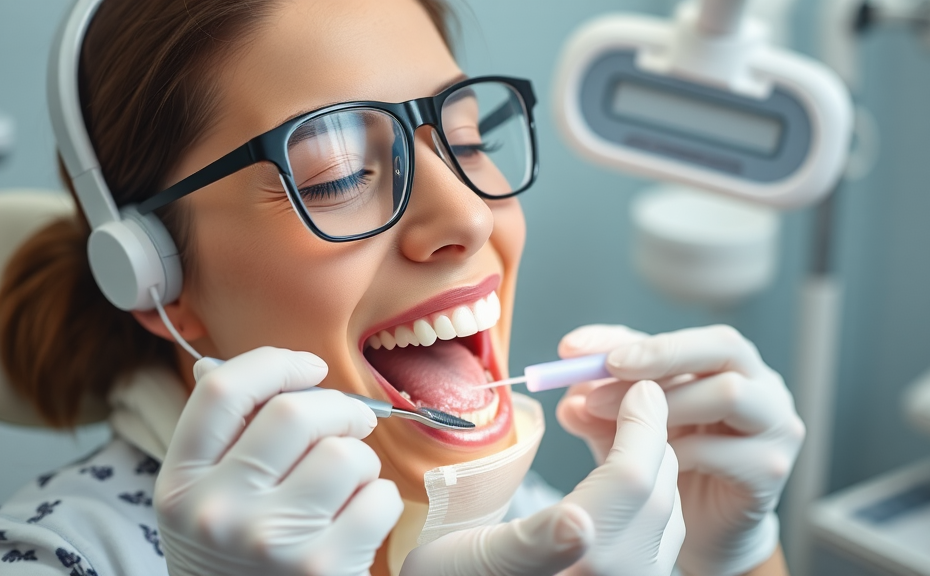Dental hygiene ergonomics is a crucial aspect of both dental practice and personal oral care routines. By focusing on ergonomics, dental professionals can enhance their working environments, reduce physical strain, and ultimately provide better care to their patients. Similarly, individuals practicing good dental hygiene can also benefit from ergonomic techniques that promote comfort and efficiency.
In a dental setting, ergonomic design involves the layout of the workspace, the selection of tools, and the posture maintained during procedures. Proper posture is essential in minimizing the risk of musculoskeletal disorders among dental practitioners. Key ergonomic strategies include:
- Adjustable chairs: Utilizing chairs that can be modified for height and support ensures optimal positioning during procedures.
- Instrument design: Selecting tools that are lightweight and have ergonomic handles can significantly reduce hand fatigue.
- Workstation layout: Organizing instruments and equipment within easy reach minimizes excessive stretching and twisting.
On a personal level, practicing dental hygiene ergonomics involves adopting techniques that enhance comfort while performing oral care routines. For example:
- Proper toothbrush grip: Holding the toothbrush with a relaxed grip can prevent unnecessary strain on the wrist and fingers.
- Body positioning: Standing or sitting in a comfortable position while brushing or flossing helps maintain good posture.
- Routine organization: Keeping dental hygiene products within reach can streamline the process, making it more efficient.
Incorporating dental hygiene ergonomics into both practice and personal care can lead to improved health outcomes, increased productivity, and a more positive experience for both dental practitioners and patients alike. Prioritizing ergonomics fosters a pain-free environment conducive to comprehensive oral health.
